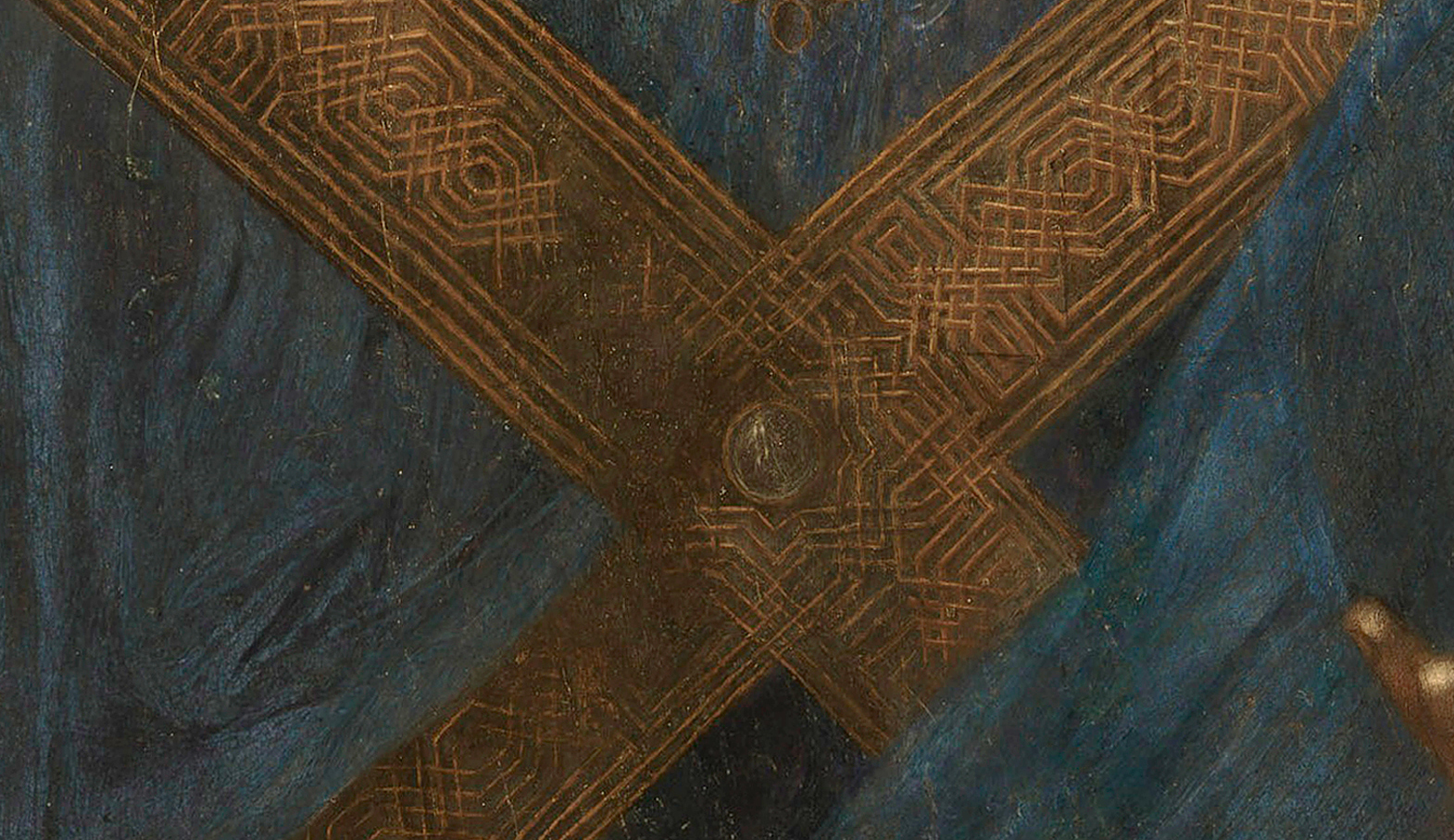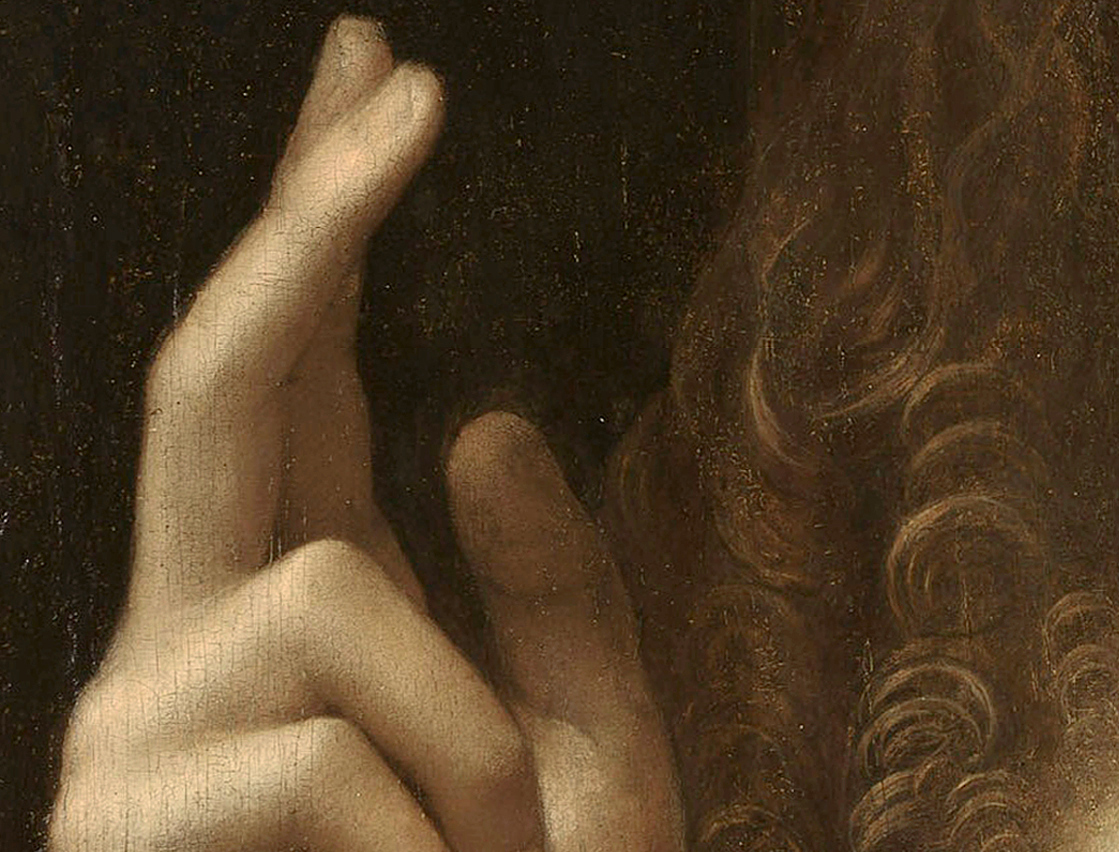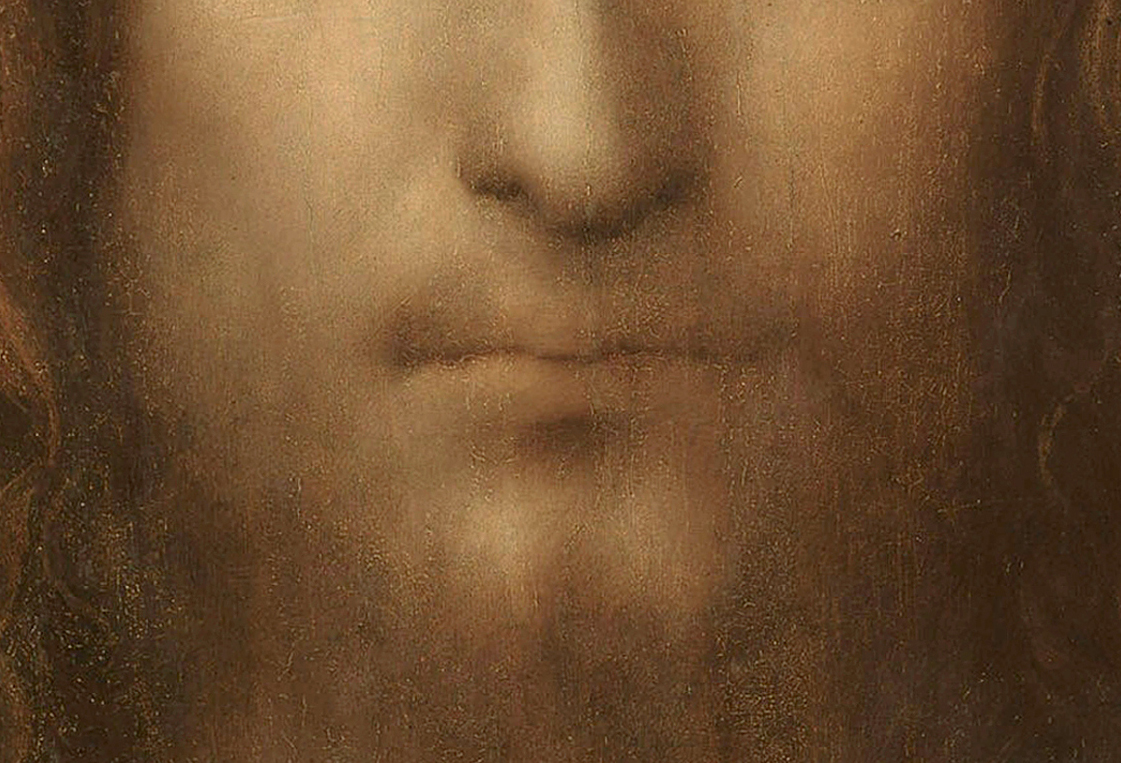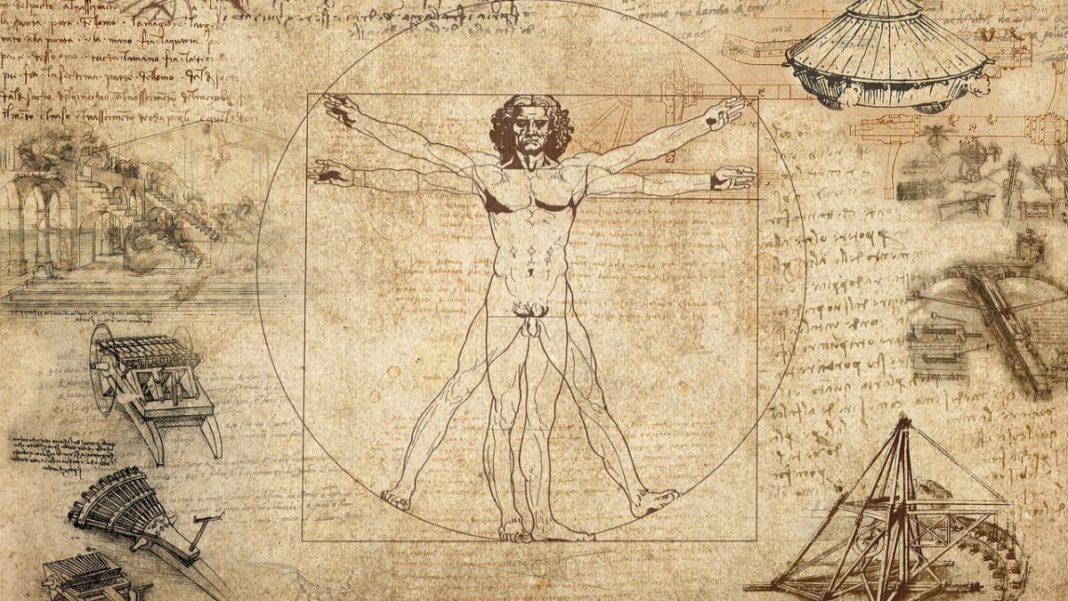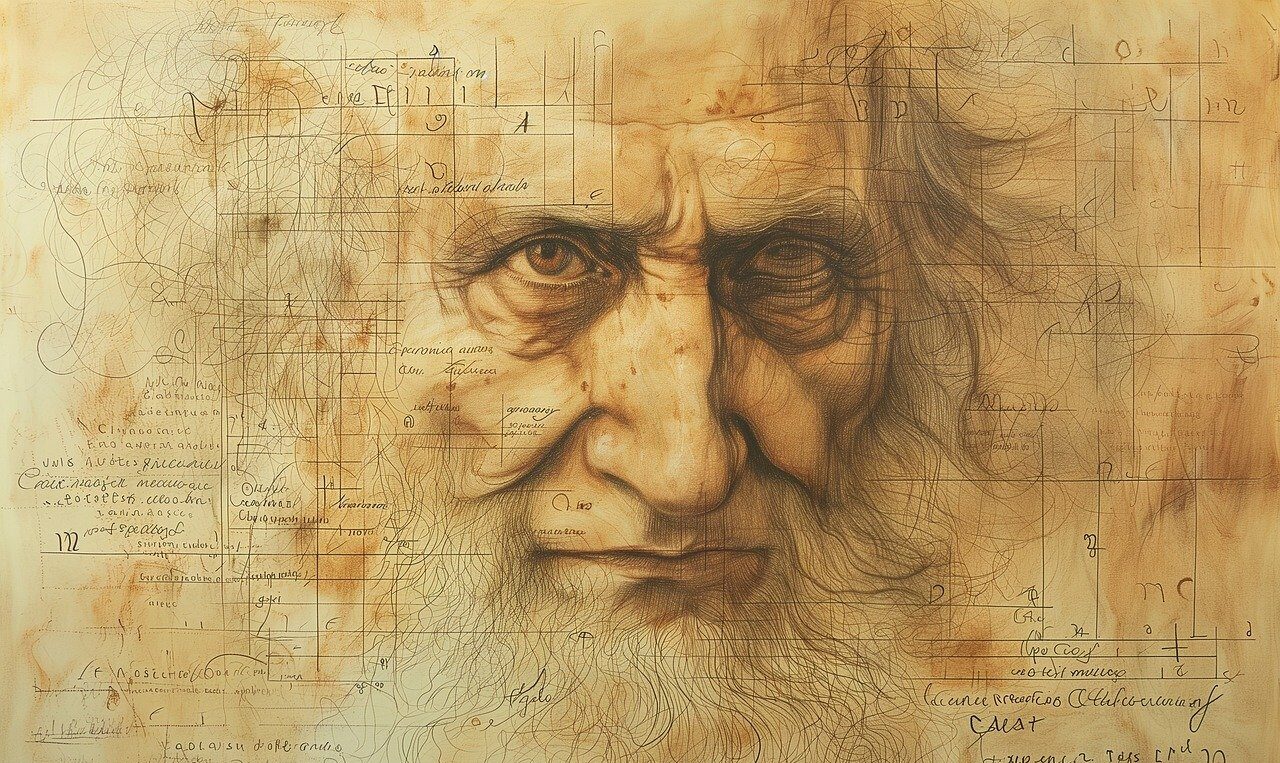Explore the Esoteric History
The Most Valuable Painting in the World
The Inner Story
“Where the Spirit does not work with the hand, there is no art”. Leonardo da Vinci
To all things there is an inner and an outer side or story.
The outer story, or exoteric is the knowledge that is commonly accepted or mainstream, everyone generally knows it. The prefix “exo” means “outside”.
Conversely there is an exoteric side which is unknown and hidden. It is the spiritual meaning, understanding or the spiritual representation of a thing. The prefix “eso” means “within”.
Consequently the esoteric side of anything is less known, mainly because the vast majority of the people are primarily interested in what they can see and touch, and what is “commonly known” or the materialistic side of life.
However, the deeper and more meaningful side of anything is it’s esoteric disposition or the spiritual side of Life, how it equates to the Divine.
“In a way, Winter is the source of Spring – the time when the inner things happen, then the resurgence of nature”. – Edna O’Brien

The Orb
The orb in Leonardo da Vinci’s “Salvator Mundi” has intrigued viewers and scholars alike, giving rise to various theories that delve into its symbolic, artistic, and esoteric meanings.
This mysterious element of the painting encapsulates a blend of religious symbolism, scientific curiosity, and potentially hidden knowledge, mirroring the multifaceted genius of Leonardo himself.
Its enigmatic nature and the discussions it sparks underscore Leonardo da Vinci’s enduring legacy as an artist and thinker whose works invite endless exploration and wonder.
Leonardo’s orb, rather than being merely an artistic anomaly, emerges as a profound symbol of the interconnectedness of the physical and metaphysical, urging viewers to ponder the mysteries of the cosmos and humanity’s place within it.
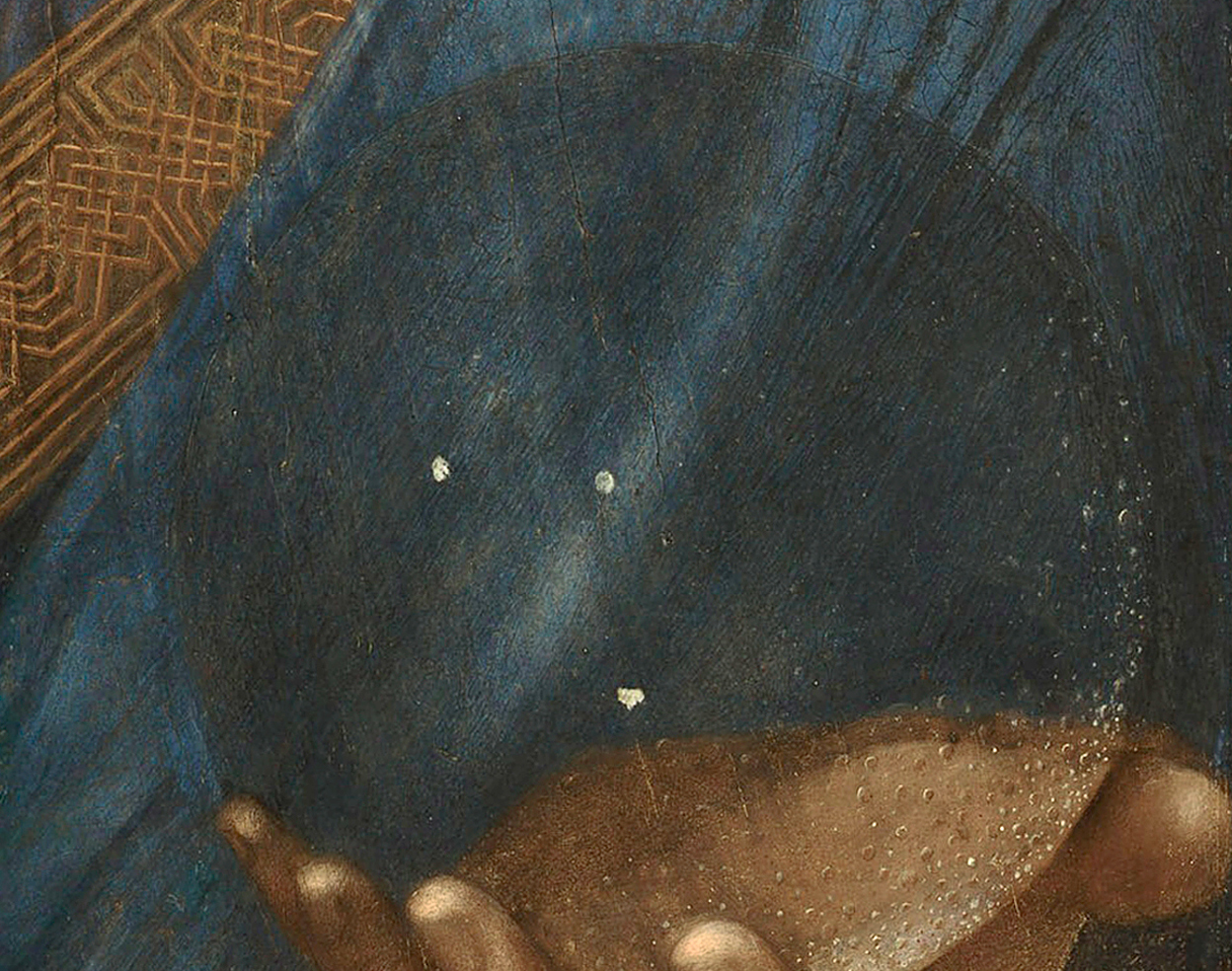
The “X” Embroidery
The embroidered “X” found on Jesus’ tunic in Leonardo da Vinci’s “Salvator Mundi” has spurred various theories and interpretations, reflecting the painting’s complex interplay of art, science, and symbolism.
This particular element has been analyzed through both an artistic lens and a more esoteric or mathematical perspective, revealing layers of meaning that extend beyond the immediately visible.
Hand Gestures
The hand gestures in Leonardo da Vinci’s “Salvator Mundi” are a focal point for various theories, drawing from Christian iconography, esoteric philosophy, and Leonardo’s own interests in human anatomy and symbolism.
These gestures not only convey religious significance but also encapsulate deeper, more profound meanings that have been the subject of scholarly and speculative analysis.
They serve as powerful symbols that transcend their immediate religious context, inviting interpretations that encompass theological, philosophical, and cosmological dimensions.
Leonardo’s mastery lies in his ability to imbue these gestures with multiple layers of meaning, reflecting his own deep engagement with the mysteries of faith, nature, and the universe.
Light & Shadow
Leonardo da Vinci’s use of light and shadow, especially his mastery of the sfumato technique, in “Salvator Mundi” is a testament to his unparalleled skill in blending the tangible with the ethereal, crafting a visual experience that transcends mere observation.
This nuanced manipulation of light and shadow not only demonstrates Leonardo’s understanding of the physical world but also serves as a conduit for deeper, more esoteric interpretations.
Leonardo achieves a visual metaphor for the human quest for understanding, blending the seen with the unseen and inviting interpretations that bridge art, science, and spirituality.
Sacred Geometry
In the context of “Salvator Mundi,” theories surrounding the use of sacred geometry often point to deeper layers of meaning and a connection to universal truths.
While speculative, the theories surrounding the use of sacred geometry in “Salvator Mundi” open fascinating avenues for understanding Leonardo’s work beyond its surface beauty.
They invite viewers to consider the painting as a nexus of art, science, and spirituality, reflecting the Renaissance ideal of universal knowledge.
Read More on the
Esoteric Symbolism
Esoteric Symbolism
While the physical journey of “Salvator Mundi” from the hands of Leonardo to the present day is a tale of loss, rediscovery, and controversy, its spiritual and symbolic journey is equally compelling.
Through its esoteric symbolism, the painting invites viewers to look beyond the surface, pondering the mysteries of the cosmos, the integration of dualities, and the pursuit of knowledge that transcends the material.

